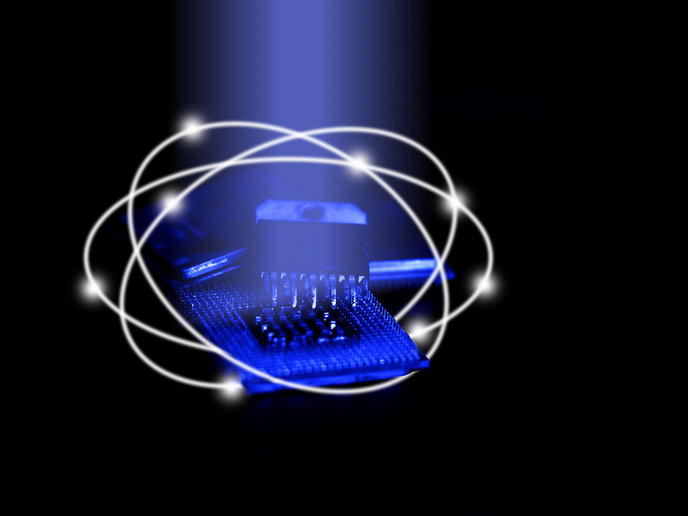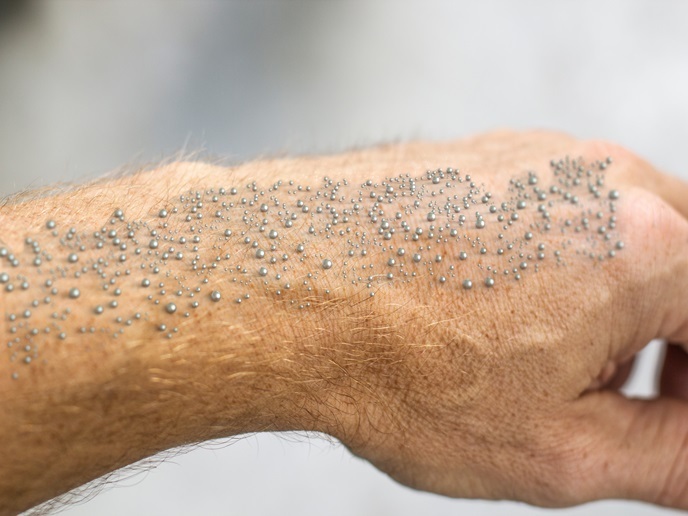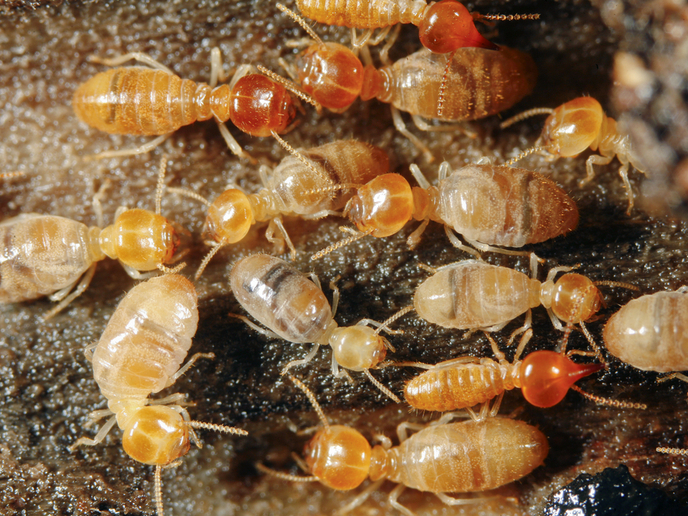Exploring nanostructured materials
Three-dimensional quantum confinement of electrons, holes and excitons in semiconductor microcrystals, known as quantum dots, may result in significant improvements of optoelectronic devices. It is because of the fully quantised electronic states of quantum dots that a remarkable reduction of threshold currents and temperature sensitivity is expected with their use for semiconductor lasers. Research work conducted within the framework of the NANOMAT project focused on improving the optical properties of self-assembled quantum indium arsenide (InAs) dots by taking into account exciton-phonon interaction. Self-assembled quantum dots are characterised by size uniformity, high numerical densities and more importantly, high emission efficiencies, which are constantly being improved to achieve the predicted laser performances. Numerous photoluminescence and Raman spectroscopy measurements on self-assembled quantum dots, collected at the laboratories of the University of Antwerp had revealed surprisingly high probabilities of phonon-assisted optical transitions. Intensity enhancements at the phonons sidebands, in particular with decreasing the quantum dot size could not be theoretically modelled on the basis on the commonly employed adiabatic approximation. Non-adiabatic effects leading to a mixing of exciton and phonon states provided the essential key to the interpretation of experimental findings, before these could be integrated in laser device design. Subsequently, an adequate description of the optical spectra of semiconductor quantum dots was achieved with the newly introduced theory of phonon-assisted optical transitions in semiconductor quantum dots. The concerted efforts of the NANOMAT project partners were directed towards providing the theoretical support for design of advanced laser diodes of enhanced reliability for telecommunications applications in the near future.







